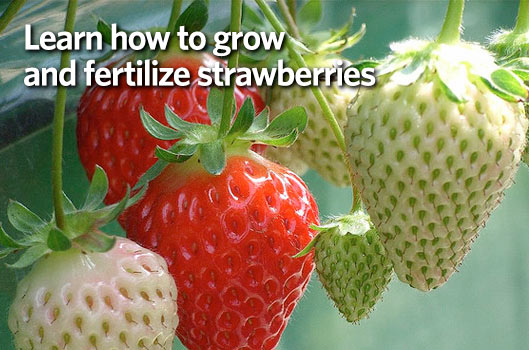 Flickr / sigusr0What is the proper way to grow and fertilize strawberries? I heard that fertilizing them at the wrong time will discourage fruit from forming.
Flickr / sigusr0What is the proper way to grow and fertilize strawberries? I heard that fertilizing them at the wrong time will discourage fruit from forming.
Strawberries plants are very hardy in Michigan and the easiest small fruit to grow. Following proper planting and maintenance, each plant will yield a quart of strawberries every season. There are two types of Michigan strawberries: June-bearing and everbearing.
June-bearing strawberries are easily adapted to the backyard fruit grower. They produce fruit for 3 to 4 weeks beginning in mid-June. They begin to form flower buds in the fall when the days get shorter. They produce their first crop the second year after planting—continuing to be productive for 5 to 7 years. The June-bearing varieties are divided into three categories: early, middle and late season, depending on their fruiting time. Backyard growers are encouraged to plant several varieties—one from each category—as that will stretch your harvest by a couple of weeks.
Everbearing strawberries produce fruit from mid-June to mid-September. Typically, they do not produce as many berries and that is often a disappointment to those who want to make jam or freeze the fruit.
Come back tomorrow for more on planting and growing…
